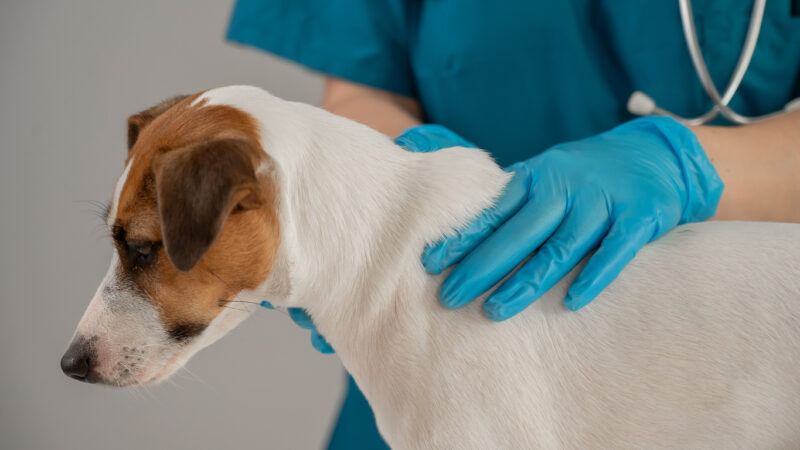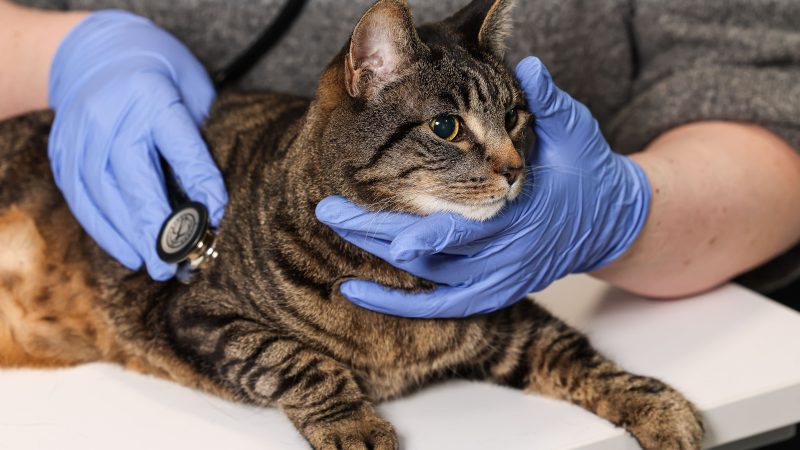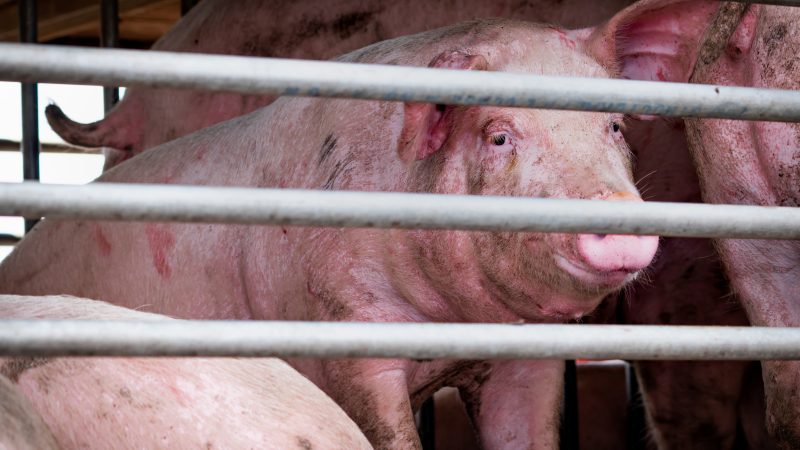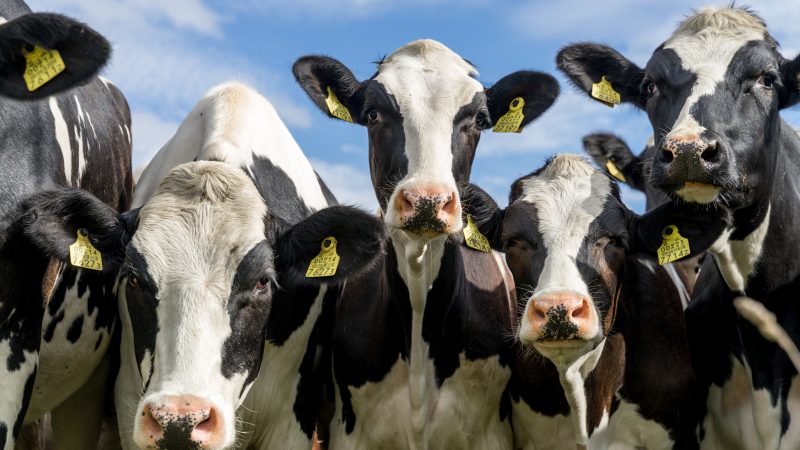Warning to dog owners as pet’s head swells to twice normal size
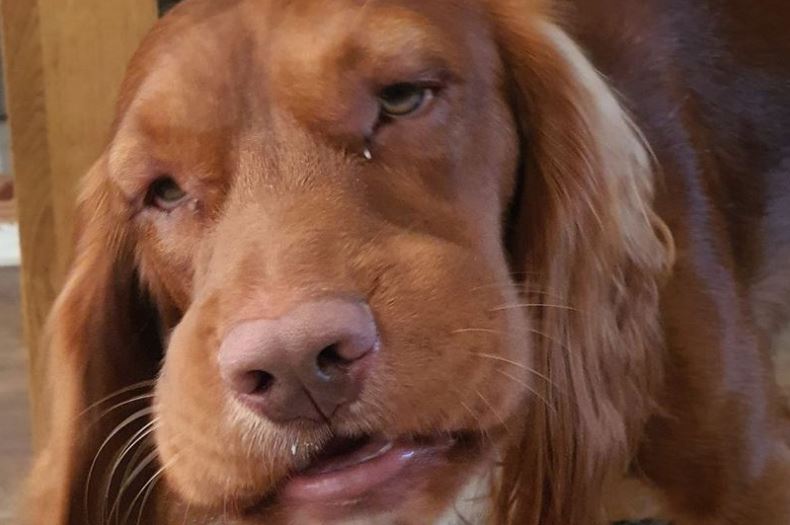
A cocker spaniel whose head swelled to twice its normal size after coming into contact with giant hogweed spent more than five being treated by a vet after going into anaphylactic shock.
“Hector was on a walk on a long lead with my step-dad just near to Seton Sands Holiday Park in Port Seton when, as usual, he ran headfirst into the long grass in a field.
“He has been in there on countless occasions but this time it was very different. As soon as he came out he just didn’t look right, and he was pawing furiously at his face.
‘After a few minutes his face was almost twice its normal size, and he went into anaphylactic shock and spent all afternoon in the vets on an IV drip.
“It is hard to pinpoint the actual cause, but I’ve been up to the field to have a look and there is a lot Giant Hogweed in there.”
Earlier this summer, Zara Kennedy, head of veterinary standards at Vets Now warned: “Giant hogweed can be really dangerous to dogs. Although the entire plant is poisonous, the sap in the stems and foliage have a higher concentration of the toxin and is dangerous to almost anything that comes in contact with it, especially livestock, companion animals such as dogs, and even humans.
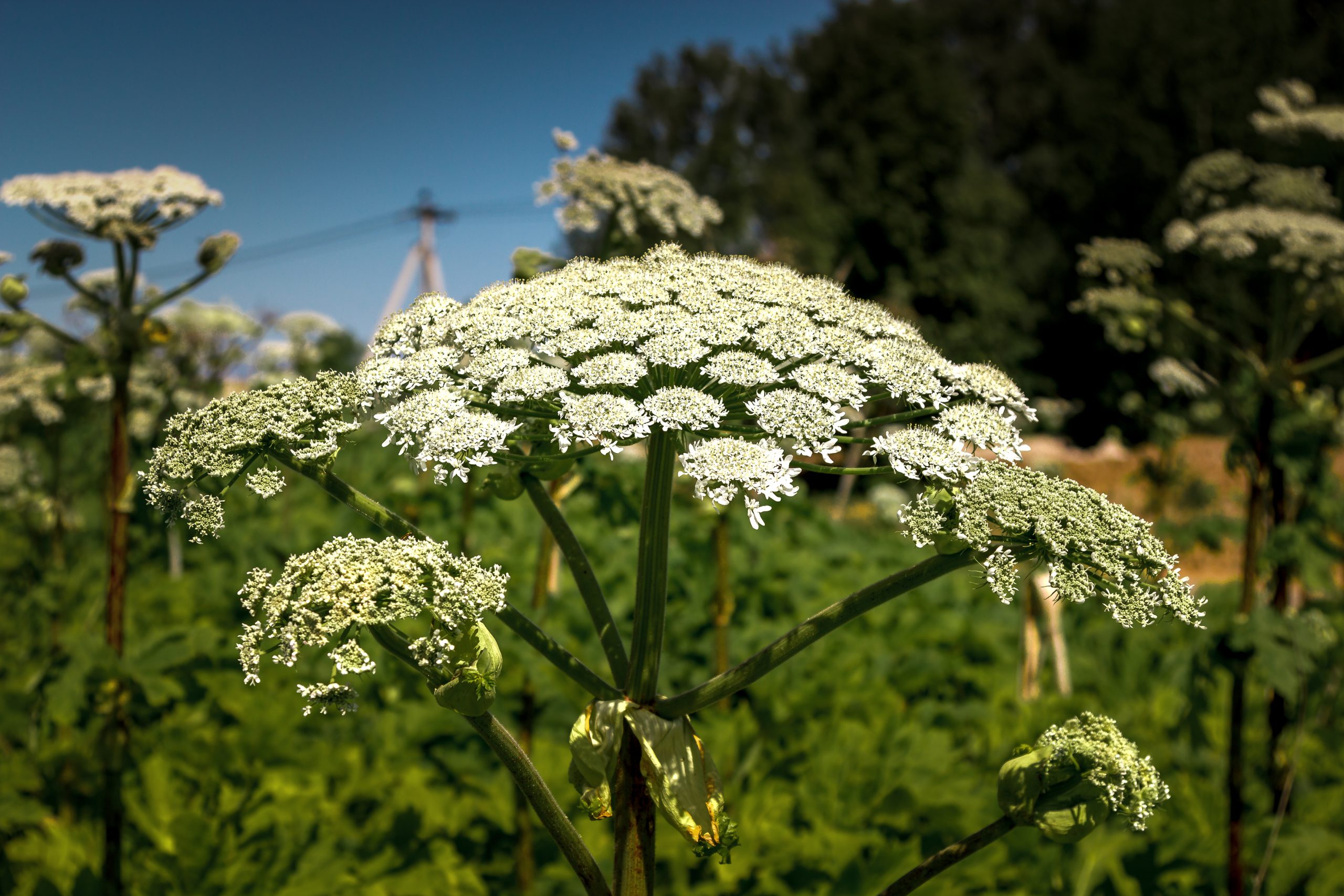
“For dogs, the most common injuries we see would be when a dog might eat some of the plants, or if the plant’s sap comes into contact with skin or fur.
“Symptoms may start as redness and itching, and lead to painful, extreme blistering and burning of the skin.
“More extreme conditions caused by giant hogweed can result in extensive scarring and even permanent scarring of the eyes which could result in blindness.
‘Contact your vet’
“Your dog’s fur coat should provide some level of protection but areas such as the mouth, ears and nose can be more susceptible to injury.
“If you know that your dog has come into contact with giant hogweed, you should contact your vet as quickly as possible where they can provide necessary treatments.
“The majority of dogs who receive treatment should recover well within a few days, although there could be some lasting scarring or damage to the eyes. ”
Known as ‘Britain’s most dangerous plant’, giant hogweed harbours toxic sap on its stems — and can be extremely dangerous when it comes into contact with bare skin.
It was first introduced to the UK in the 1980s as an ornamental plant, but quickly spread across the country. As well as being very invasive, it can lead to skin inflammation and blisters, with a reaction to the plant happening around 15 minutes after first coming into contact with it.
Sign up to our newsletter here >>>> http://eepurl.com/bD5ouH

